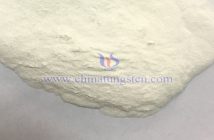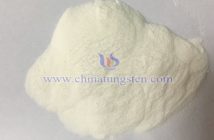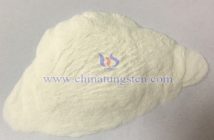Tungsten disulfide (WS?) is an inorganic compound composed of tungsten (W) and sulfur (S) elements. In addition to its high tungsten and sulfur content, it also contains trace impurities such as oxygen, carbon, hydrogen, and phosphorus. Among these, the oxygen content in WS? primarily originates from impurities in raw materials, the production environment, and the introduction during post-processing.
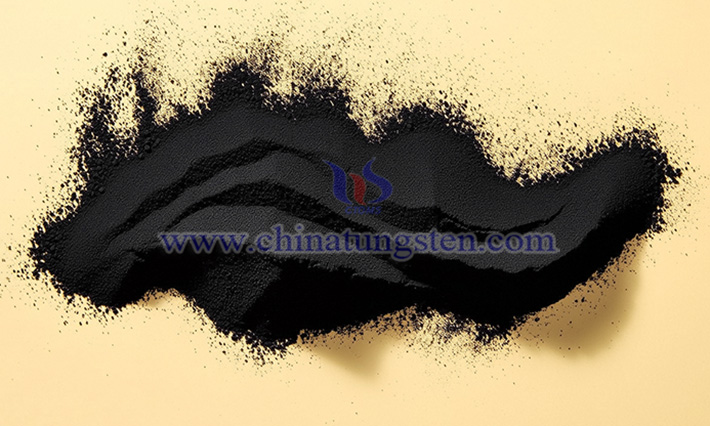
Raw Material Impurities: During the production of WS?, the tungsten and sulfur sources used may inherently contain a certain amount of oxygen impurities. For instance, common tungstate ores might include metal oxide impurities, which could be carried into WS? during subsequent processing. Similarly, sulfur sources like elemental sulfur may come into contact with air during storage and transportation, leading to oxidation and the introduction of oxygen.
Production Environment Influence: In the production process, WS? inevitably comes into contact with air. Oxygen in the air can react with WS?, particularly under conditions of high temperature or humidity, where oxidation reactions are more likely to occur. For example, during synthesis, drying, or grinding stages, if equipment is not tightly sealed or the operating environment has high oxygen levels, oxygen can be incorporated into WS?.
Post-Processing Introduction: In the post-processing of WS?, such as surface modification or doping, certain chemical reagents containing oxygen may be used. If these reagents react with WS? or leave residues during processing, oxygen can be introduced. For instance, when surface treatment is performed using surfactants with oxygen-containing groups like hydroxyl or carboxyl groups, oxygen may be introduced onto the WS? surface.
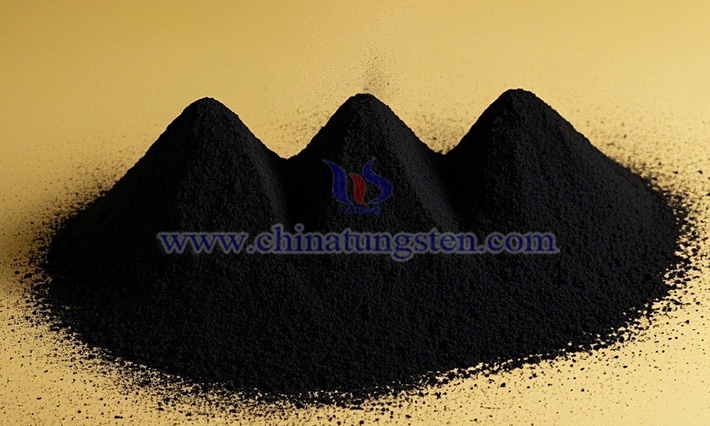
Oxygen will have a certain impact on tungsten disulfide performance.
Impact on Structure: WS? has a layered structure, and the introduction of oxygen may disrupt this arrangement. When exposed to air, sulfur atoms on the surface can be replaced by oxygen, forming tungsten oxides or oxygen-containing compounds. As oxidation progresses, interlayer interactions change, potentially causing distortion, deformation, or even collapse of the originally orderly layered structure, thus affecting its overall crystal structure and microscopic morphology.
Impact on Electrical Properties: Carrier Concentration: Pure WS? is a semiconductor material with a specific carrier concentration and electrical properties. The incorporation of oxygen may introduce impurity energy levels, altering the electronic structure of WS?. For example, oxygen substituting sulfur atoms could create donor or acceptor levels, increasing or decreasing carrier concentration and thereby modifying electrical properties such as resistivity and mobility.
Band Structure: The presence of oxygen also affects the band structure of WS?. Due to differences in electronegativity between oxygen, tungsten, and sulfur atoms, the electron cloud distribution within the crystal shifts, distorting the band structure. These changes can influence optical absorption edges, luminescence properties, and electron transition behaviors, potentially altering the bandgap and affecting the material’s ability to absorb or emit light at specific wavelengths.
Impact on Mechanical Properties: Hardness and Strength: A moderate amount of oxygen may enhance the hardness and strength of WS? to some extent. Oxygen atoms entering the lattice can form chemical bonds with surrounding atoms, increasing interatomic bonding forces and making the material more resistant to deformation and fracture under external forces. However, excessive oxygen content can lead to structural damage due to oxidation, reducing hardness and strength.
Toughness: The effect of oxygen on WS? toughness is complex. On one hand, a small amount of oxygen may improve toughness by adjusting internal stress distribution, allowing the material to absorb more energy before fracturing. On the other hand, excessive oxygen can introduce defects and microcracks, which act as initiation points for crack propagation, reducing toughness and making the material more brittle.
Impact on Chemical Stability: WS? is generally stable against most chemicals at room temperature, but oxygen significantly affects its chemical stability. As oxygen content increases, WS? becomes more reactive with other substances. For example, in humid air, WS? with higher oxygen content is more prone to oxidation, forming tungsten oxides and sulfuric acid, leading to corrosion and performance degradation. In corrosive environments, oxygen may accelerate reactions between WS? and the medium, shortening its lifespan under harsh conditions.
Impact on Lubricity: WS? exhibits excellent lubricity due to its layered structure, which allows easy interlayer sliding and reduces friction coefficients. However, oxygen incorporation compromises the integrity of this structure, making interlayer sliding more difficult. Additionally, oxidation products may form hard particles on the friction surface, increasing the friction coefficient and diminishing WS?’s lubricating performance. Moreover, oxidized WS? is more likely to react chemically with surrounding substances during friction, further reducing its lubricating effectiveness and service life.

